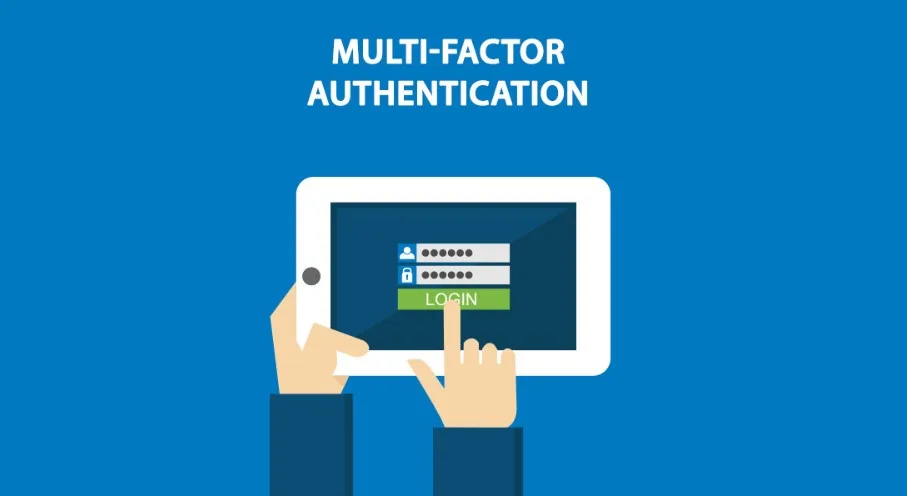As digital progressions have intertwined with your daily lives, ensuring the security of your online presence has never been more crucial. However, the surge in cyber threats and data breaches underscores the importance of strong security measures. Among these, multi-factor authentication (MFA) stands out as a critical layer of defense, safeguarding personal and professional data from unauthorized access. So, read on to explore the concept of this system, exploring its mechanisms, importance, and the heightened security it provides in the digital field.
Know The Basics
It is a security process that requires users to verify their identity using two or more verification methods before gaining access to an online account or a system. Unlike traditional security measures, which typically rely on a single form of authentication (usually a password), it adds multiple layers of defense, making unauthorized access significantly more challenging for cybercriminals.
The components of this system are categorized into three main types of authentication factors:
- Something You Know: This includes passwords, PINs, and answers to security questions.
- Something You Have: This encompasses physical devices such as security tokens, smartphones, or smart cards that generate or receive a verification code.
- Something You Are: This involves biometric verification methods, including fingerprint scans, facial recognition, or retina scans.
By combining elements from these categories, the system ensures that the risk of compromised credentials is minimized, as the likelihood of an attacker having access to multiple authentication factors is significantly low.
Why is This Form of Authentication Important?
Enhanced Security
The primary benefit of the system is the significant enhancement of security. It requires multiple verification forms to protect users from various attack vectors, including phishing, social engineering, and brute force attacks. Even if a hacker obtains one element of authentication, such as a password, they would still be unable to access the account without the additional factors.
Compliance with Regulatory Requirements
In many industries, regulatory bodies have recognized the importance of the system in protecting sensitive information. As a result, implementing MFA has become a compliance requirement in sectors such as finance, healthcare, and government. Failure to adhere to these standard regulations can not only result in hefty fines but loss of customer trust.
Reduction in Fraud and Identity Theft
MFA plays a crucial role in reducing incidents of fraud and identity theft. Securing accounts with multiple layers of verification makes it exceedingly difficult for unauthorized users to impersonate legitimate users and conduct fraudulent transactions.
Boosting Consumer Confidence
As data breaches are becoming a common scenario, more and more consumers are concerned about the security of their online transactions. Businesses implementing MFA demonstrate a commitment to protecting customer data and boosting consumer confidence and loyalty.
Implementing MFA
Implementing the system involves choosing the right authentication combination that balances security needs with user convenience. While some contexts may favor stronger security measures, such as biometric authentication, others might prioritize ease of use, opting for SMS codes or mobile app notifications. It’s also crucial for organizations to educate their users about the benefits and operation of MFA, ensuring a smooth transition and minimizing resistance due to perceived inconvenience.
Integration of Artificial Intelligence and Machine Learning
Artificial intelligence (AI) and machine learning (ML) are set to play significant roles in the future development of MFA. These technologies can analyze user behavior patterns, such as when logins typically occur or the geographical location of access attempts, to implement adaptive authentication processes. This means the level of authentication required could vary based on the assessed risk of a login attempt, enhancing security without compromising user convenience.
In the ongoing battle for data security, multi-factor authentication emerges as a potent weapon in the cybersecurity arsenal. By implementing this system, individuals and organizations can significantly mitigate the risk of unauthorized access, safeguarding their most valuable digital assets against an ever-growing array of threats.




